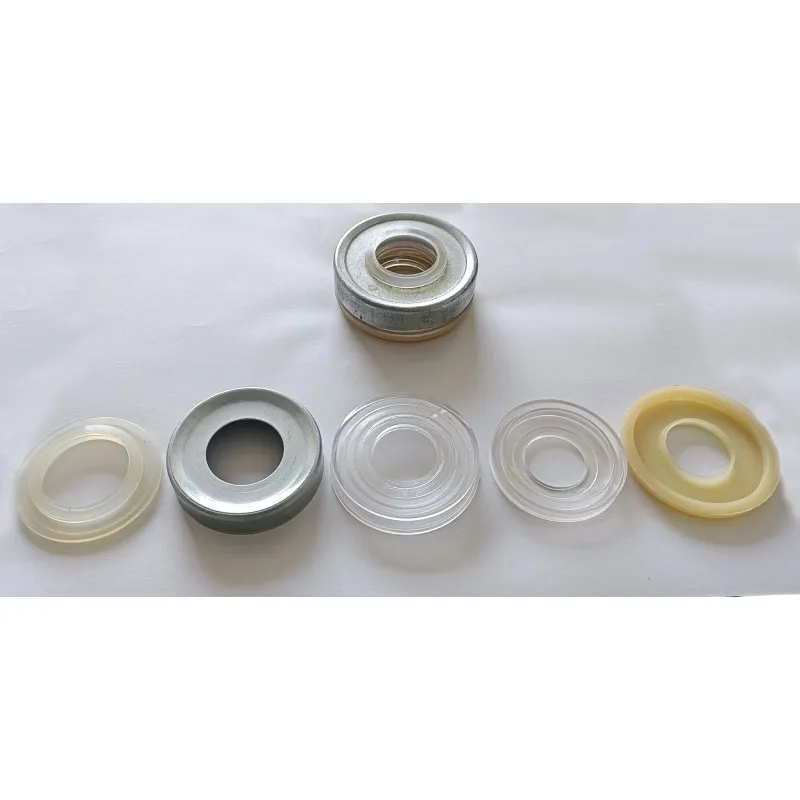 Afrikaans
Afrikaans  Albanian
Albanian  Amharic
Amharic  Arabic
Arabic  Armenian
Armenian  Azerbaijani
Azerbaijani  Basque
Basque  Belarusian
Belarusian  Bengali
Bengali  Bosnian
Bosnian  Bulgarian
Bulgarian  Catalan
Catalan  Cebuano
Cebuano  Corsican
Corsican  Croatian
Croatian  Czech
Czech  Danish
Danish  Dutch
Dutch  English
English  Esperanto
Esperanto  Estonian
Estonian  Finnish
Finnish  French
French  Frisian
Frisian  Galician
Galician  Georgian
Georgian  German
German  Greek
Greek  Gujarati
Gujarati  Haitian Creole
Haitian Creole  hausa
hausa  hawaiian
hawaiian  Hebrew
Hebrew  Hindi
Hindi  Miao
Miao  Hungarian
Hungarian  Icelandic
Icelandic  igbo
igbo  Indonesian
Indonesian  irish
irish  Italian
Italian  Japanese
Japanese  Javanese
Javanese  Kannada
Kannada  kazakh
kazakh  Khmer
Khmer  Rwandese
Rwandese  Korean
Korean  Kurdish
Kurdish  Kyrgyz
Kyrgyz  Lao
Lao  Latin
Latin  Latvian
Latvian  Lithuanian
Lithuanian  Luxembourgish
Luxembourgish  Macedonian
Macedonian  Malgashi
Malgashi  Malay
Malay  Malayalam
Malayalam  Maltese
Maltese  Maori
Maori  Marathi
Marathi  Mongolian
Mongolian  Myanmar
Myanmar  Nepali
Nepali  Norwegian
Norwegian  Norwegian
Norwegian  Occitan
Occitan  Pashto
Pashto  Persian
Persian  Polish
Polish  Portuguese
Portuguese  Punjabi
Punjabi  Romanian
Romanian  Russian
Russian  Samoan
Samoan  Scottish Gaelic
Scottish Gaelic  Serbian
Serbian  Sesotho
Sesotho  Shona
Shona  Sindhi
Sindhi  Sinhala
Sinhala  Slovak
Slovak  Slovenian
Slovenian  Somali
Somali  Spanish
Spanish  Sundanese
Sundanese  Swahili
Swahili  Swedish
Swedish  Tagalog
Tagalog  Tajik
Tajik  Tamil
Tamil  Tatar
Tatar  Telugu
Telugu  Thai
Thai  Turkish
Turkish  Turkmen
Turkmen  Ukrainian
Ukrainian  Urdu
Urdu  Uighur
Uighur  Uzbek
Uzbek  Vietnamese
Vietnamese  Welsh
Welsh  Bantu
Bantu  Yiddish
Yiddish  Yoruba
Yoruba  Zulu
Zulu Innovative Solutions for Efficient Conveyor Belt Cleaning and Maintenance Practices in Industries
Understanding Belt Scrapers An Essential Component for Efficient Conveyor Systems
Belt scrapers are integral components used in various industries, particularly in the material handling sector. Their primary function is to enhance the efficiency and cleanliness of conveyor systems. As conveyors transport bulk materials, these systems can accumulate residue, excess debris, and other materials on the belt surface. Belt scrapers are designed to mitigate these issues, ensuring uninterrupted operations and maintaining safety standards.
The Importance of Belt Scrapers
The primary role of a belt scraper is to remove material that may cling to the belt after the transfer of goods. If left unattended, this build-up can lead to several operational problems such as reduced efficiency, increased maintenance costs, and even potential safety hazards. For instance, if a conveyor belt accumulates excessive material, it can cause misalignment or even damage to the belt over time. Furthermore, spillage can create hazardous working conditions, affecting employee safety.
By employing a belt scraper, companies can maintain optimal contact between the carrying surface of the belt and the materials, ensuring that the performance metrics of the conveyor system remain high. This not only reduces the likelihood of mechanical failures but also enhances the overall productivity of the operation.
Types of Belt Scrapers
Belt scrapers can be categorized into two primary types primary scrapers and secondary scrapers.
1. Primary Scrapers These are positioned at the discharge point of the conveyor and are designed to remove the majority of material that sticks to the belt after unloading. They are crucial for keeping the belt clean and are usually constructed from robust materials that can withstand the wear and tear of heavy-duty operations.
belt scraper

2. Secondary Scrapers Installed further down the conveyor system, secondary scrapers provide additional cleaning. They are especially essential when dealing with sticky or wet materials that primary scrapers may not fully eliminate. These scrapers ensure that the material is thoroughly cleaned off the belt before it returns to the pulley system.
Considerations for Selecting a Belt Scraper
When choosing a belt scraper, companies must consider several factors to ensure optimal performance. The type of material being transported, the environmental conditions, and the layout of the conveyor system are all critical elements that influence the choice of scraper.
For example, if the conveyor system is used for transporting fine powders, a scraper designed for delicate operations may be required to avoid damaging the belt surface. Conversely, heavy-duty scrapers are more suited for robust materials like aggregates or minerals.
Maintenance and Efficiency
Regular maintenance of belt scrapers is essential to maximize their lifespan and effectiveness. This includes routine inspections to ensure that the scrapers are functioning correctly and making necessary adjustments to maintain the right contact pressure on the belt. Properly maintained scrapers not only clean the conveyor belt but also reduce the wear on the belt and the overall system, contributing to cost savings in the long term.
In conclusion, belt scrapers play a vital role in the functionality of conveyor systems across various industries. They facilitate smoother operations, enhance safety, and prolong the life of equipment. As businesses seek to optimize their processes and increase productivity, investing in high-quality belt scrapers tailored to specific operational needs is a strategic decision that can yield significant benefits. By understanding the importance, types, and maintenance of belt scrapers, organizations can ensure their conveyor systems operate at peak performance, thereby securing their role in a competitive industrial landscape.
-
Revolutionizing Conveyor Reliability with Advanced Rubber Lagging PulleysNewsJul.22,2025
-
Powering Precision and Durability with Expert Manufacturers of Conveyor ComponentsNewsJul.22,2025
-
Optimizing Conveyor Systems with Advanced Conveyor AccessoriesNewsJul.22,2025
-
Maximize Conveyor Efficiency with Quality Conveyor Idler PulleysNewsJul.22,2025
-
Future-Proof Your Conveyor System with High-Performance Polyurethane RollerNewsJul.22,2025
-
Driving Efficiency Forward with Quality Idlers and RollersNewsJul.22,2025





























